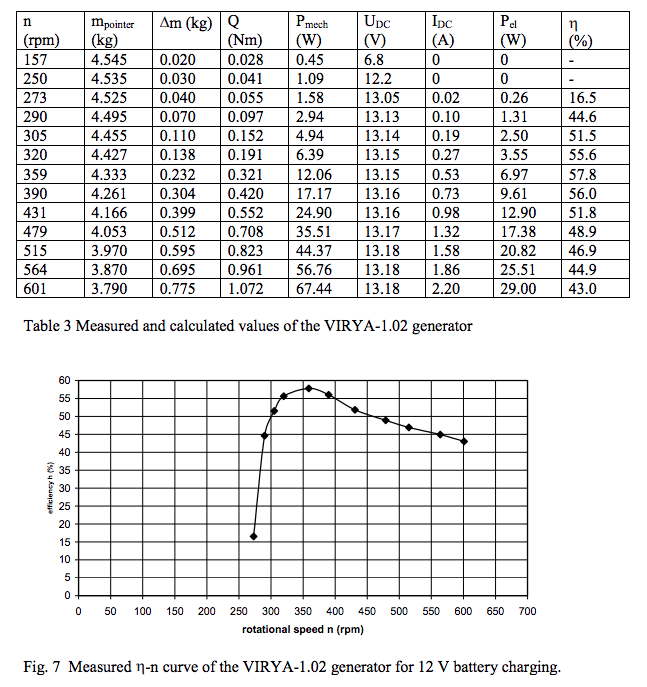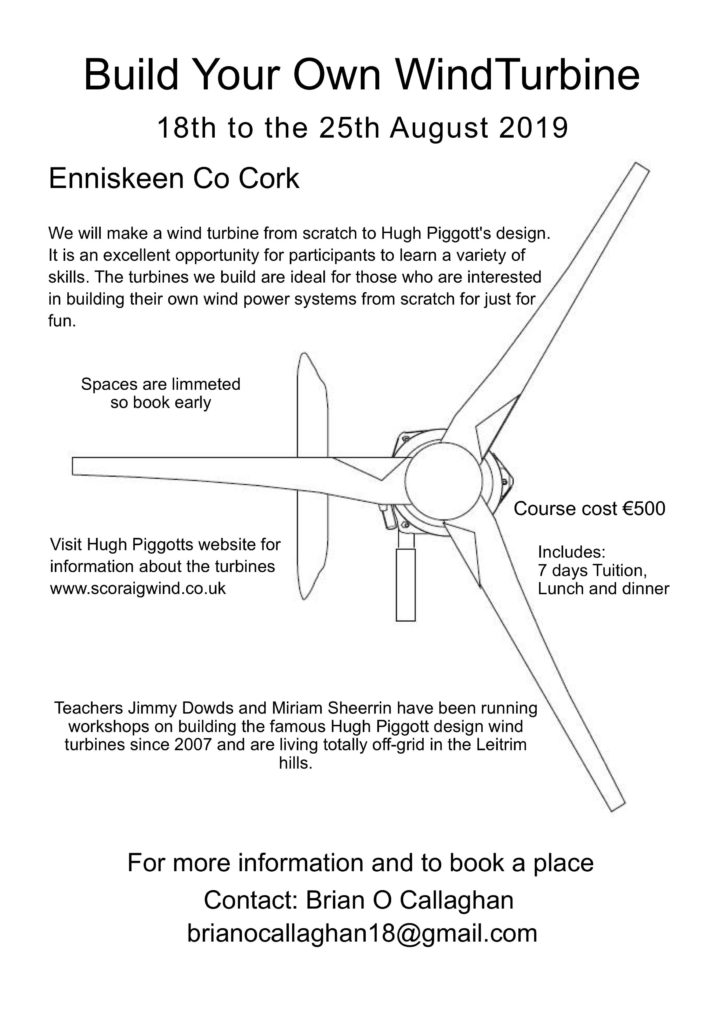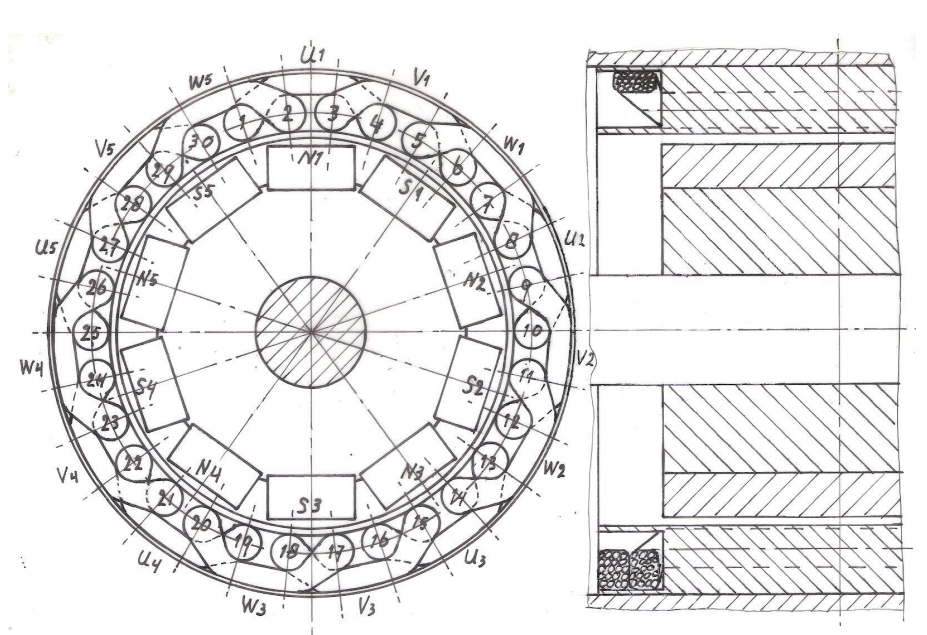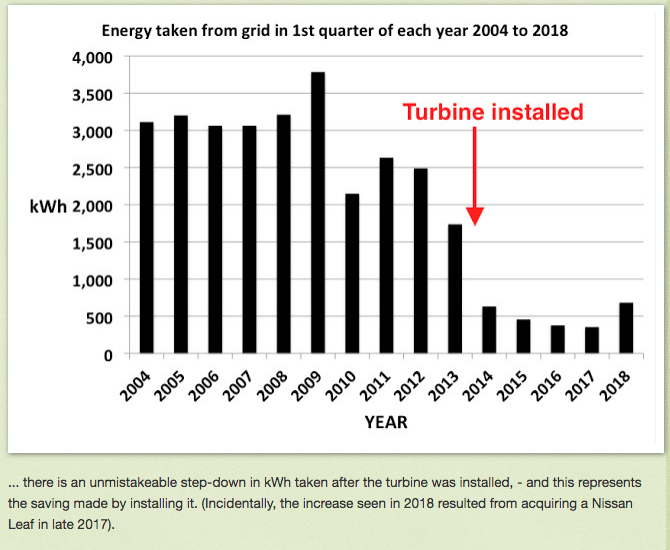Greg sent me some photos of the hydros he is building using axial flux alternators to provide direct single-phase AC for sites in Papua, Indonesia. Here is some information. Greg’s email is [email protected]
These are single phase units, 240VAC, 50Hz.
The first model (I made 6 units about 6 years ago) had magnets secured with a Stainless steel band and fibreglass epoxy. magnets are 60mm diameter. It is capable of up to 2.8kW (1000RPM). Measured efficiency was around 93%.
I started on 18 “Mark 2 machines” about 4 years ago, but life intervened and they have been on hold since. I’d be happy make a little report with a few more details if you think people would be interested.
The second model is still under construction, but utilises aluminium magnet keepers for more positive magnet security and better cooling air flow. I also did a bit of coil shape optimisation (magnetic field computer simulation). I have a 6 pole (1000RPM) and 4 pole(1500RPM) version. I calculate that these machines will be capable of 4~6kW maximum, partly due to larger magnets and lower coil resistance, but mainly due to better cooling.
My Mark 1 machines had both pelton and turgo turbine options. I used an Eco-innovation plastic pelton wheel for the high head sites, and two sizes of turgo turbine for lower head sites. I bought the buckets from [email protected] in Italy. My Mark 2 machines will also use three different turbine diameters to accommodate different head sites, but they will be turgo turbines only. I am thinking to make my own turgo buckets, possibly by 3D printing…
I went with circular magnets thinking they would give more sinusoidal voltage. Below is the design coil dimensions of my Mark 2, 6-pole generators. The magnets on this machine will be 70mm diameter running at a pitch circle of 88mm. According to the simulation, this gave the best compromise between high magnet flux capture and low copper volume with good sinusoidal waveform. I haven’t actually built one to test yet though.

The machines are regulated with an electronic load controller (dump load controller). The ELC I am using regulate frequency (eg 50Hz). Voltage seem fairly stable as long as frequency is well regulated. (I am working on my own ELC actually, due to shortcomings with some commercial ones we have tried)
Hope you get some joy out of seeing the work of a fellow renewable energy enthusiast!

Bokondini from the air 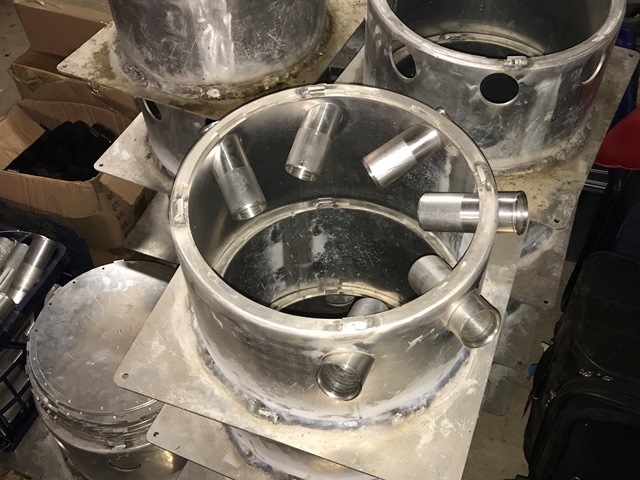
Mark-2-Turbine-Casing-fabrication 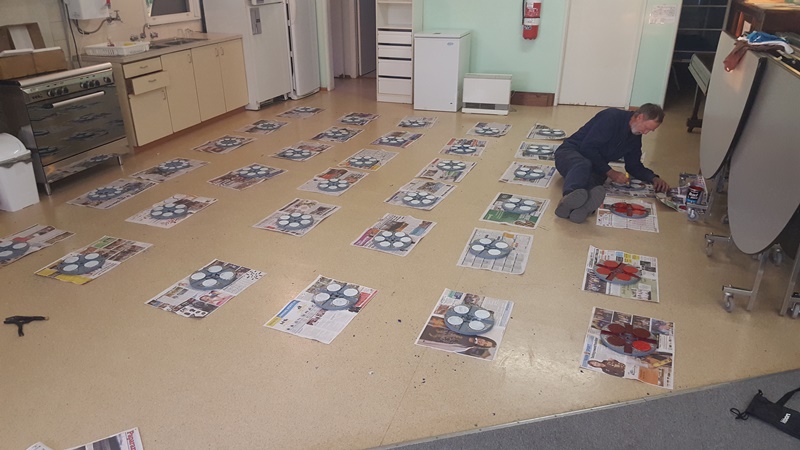
Mark-2-Rotor-painting 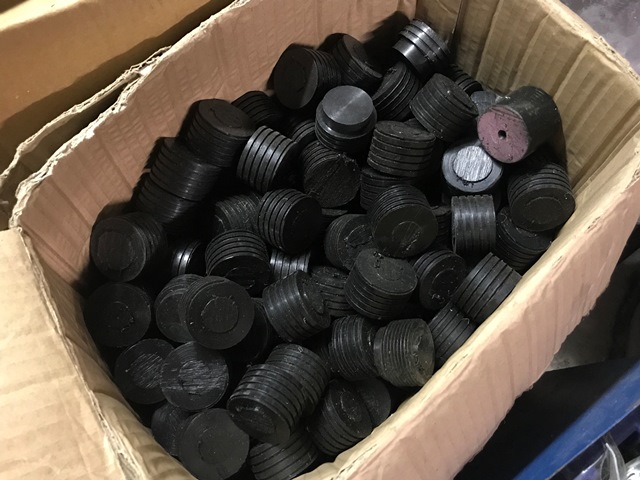
Mark-2-nozzle-blanks 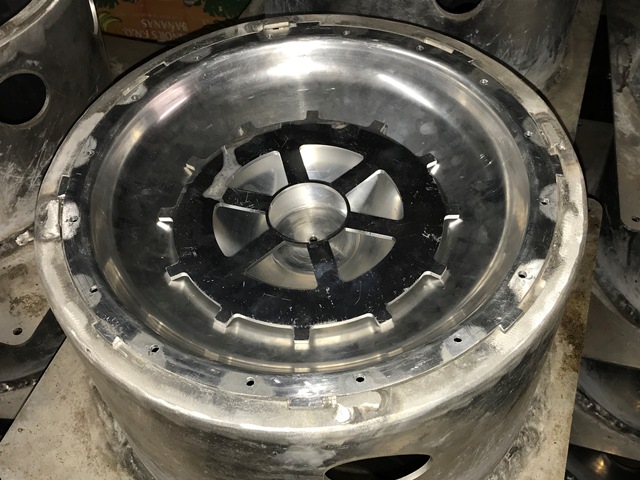
Mark-2-Generator-Casing-fabrication 
Mark-2-Assembled-tubine-generator 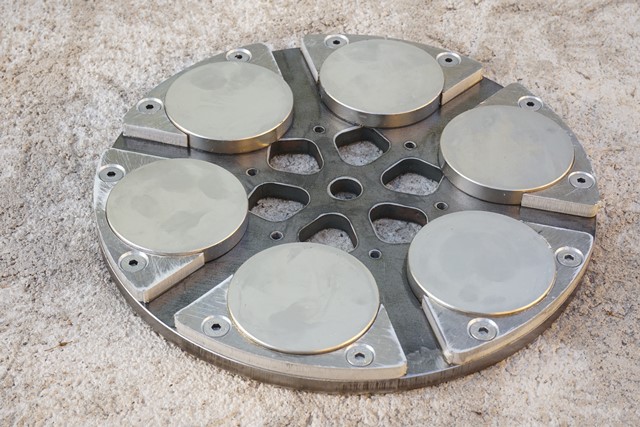
Mark-2-Assembled-tubine-generator 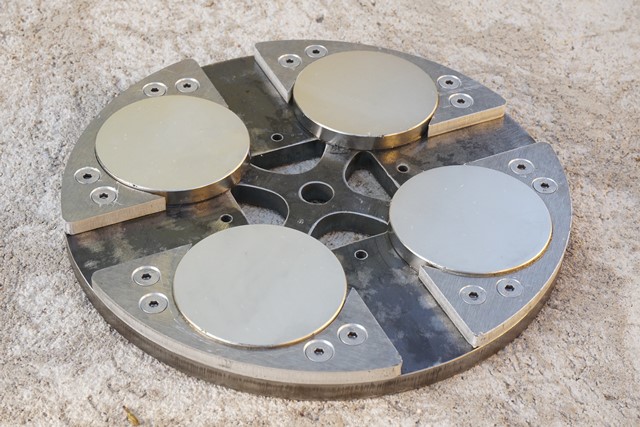
Mark-2-4-pole-rotor 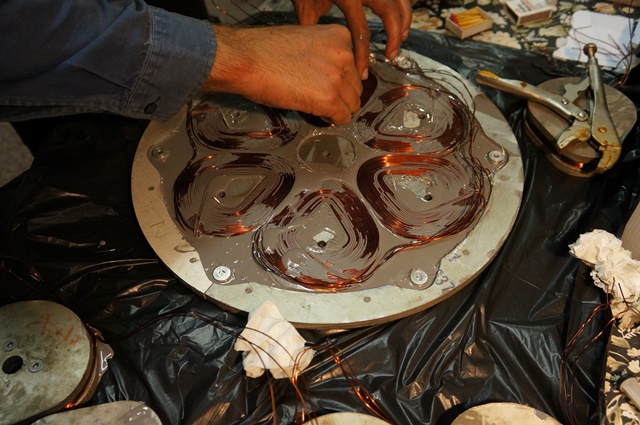
Mark-1-stator-casting 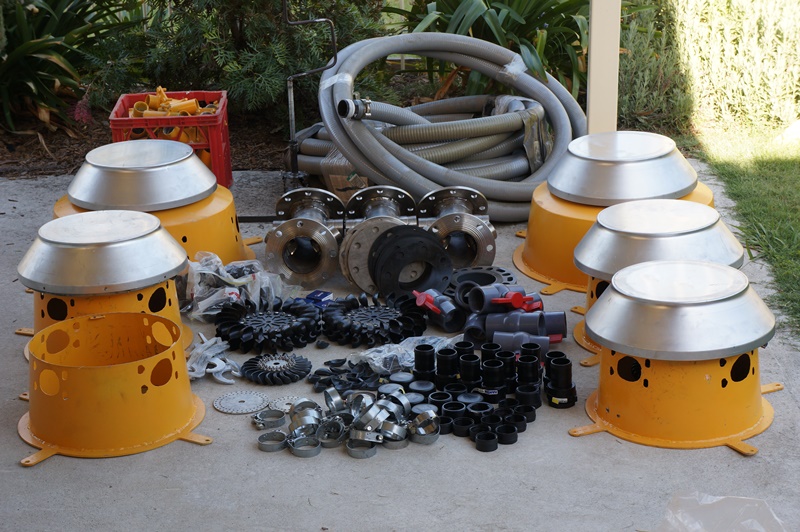
Mark-1-Shipment 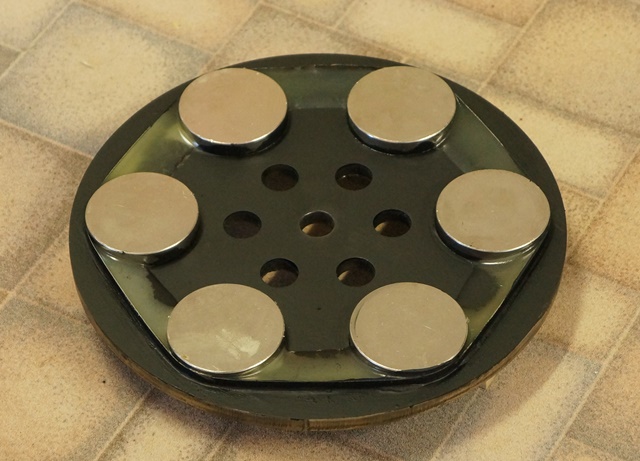
Mark-1-rotor 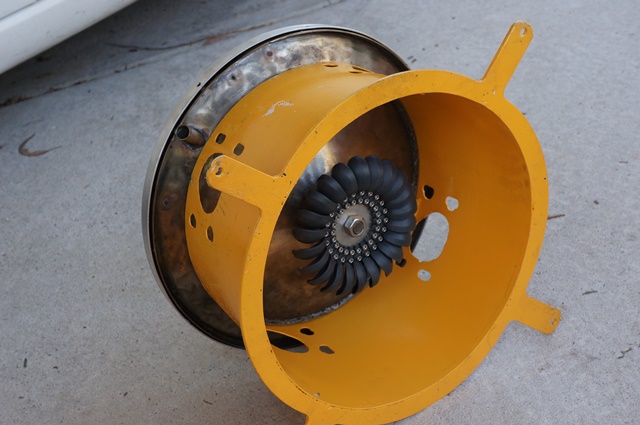
Mark-1-Low-head-version 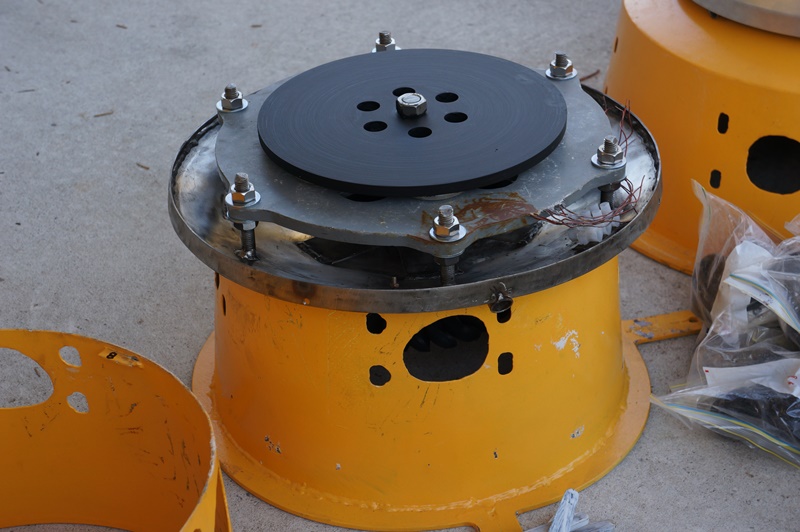
Mark-1-Generator 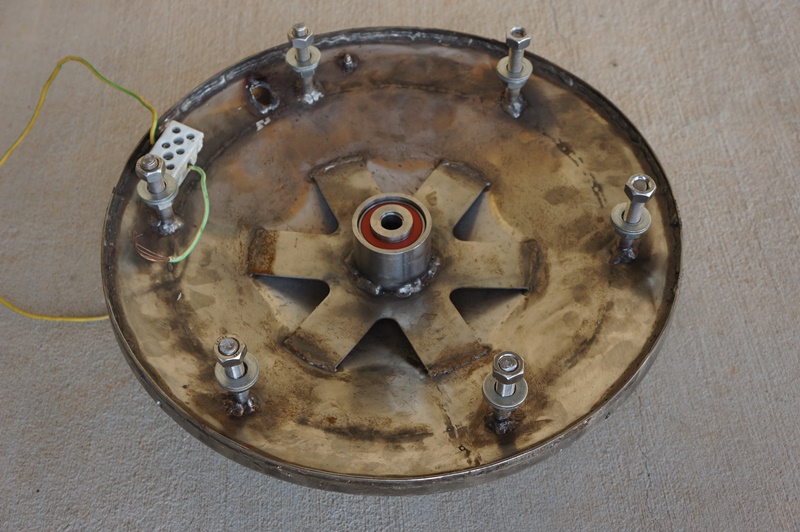
Mark-1-Generator-casing 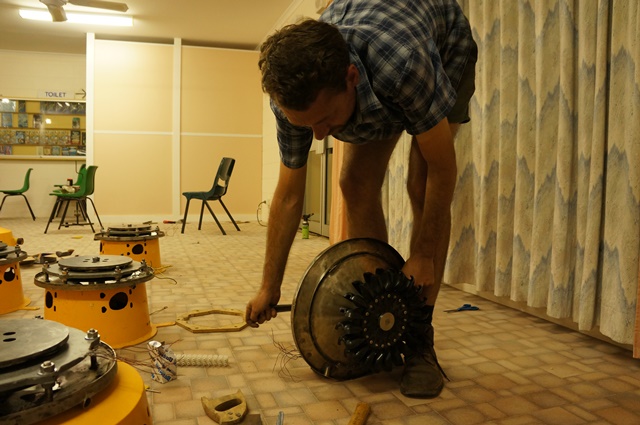
Mark-1-Assembling-Generator-and-Turbine. 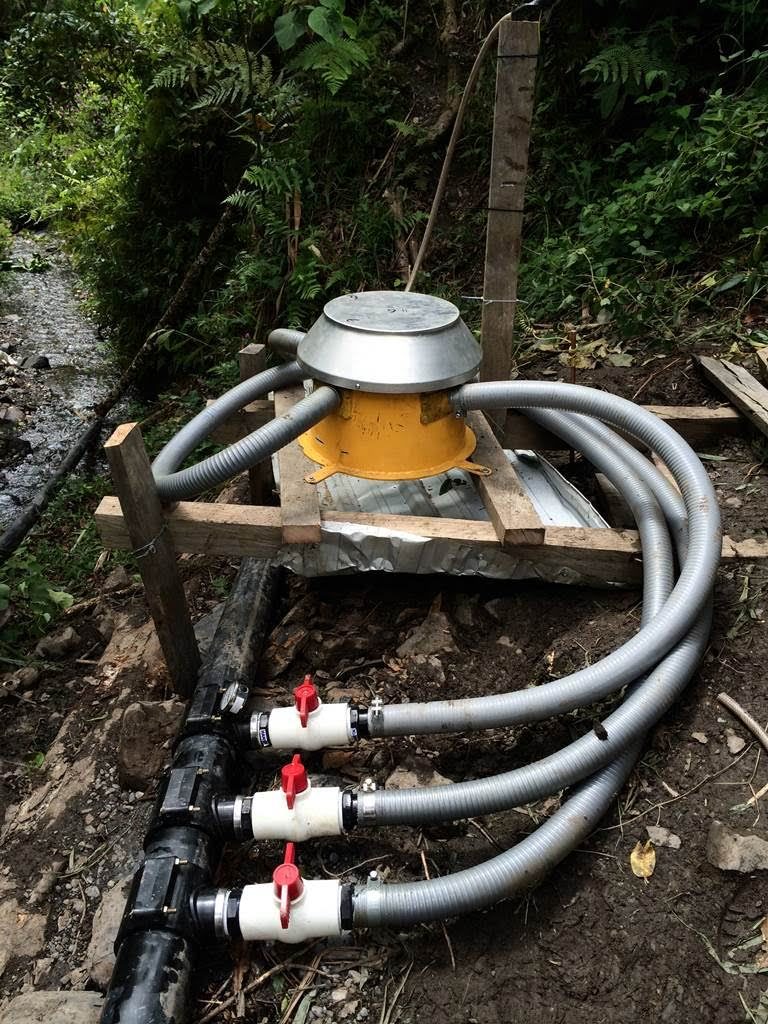
7-Eragayam-site 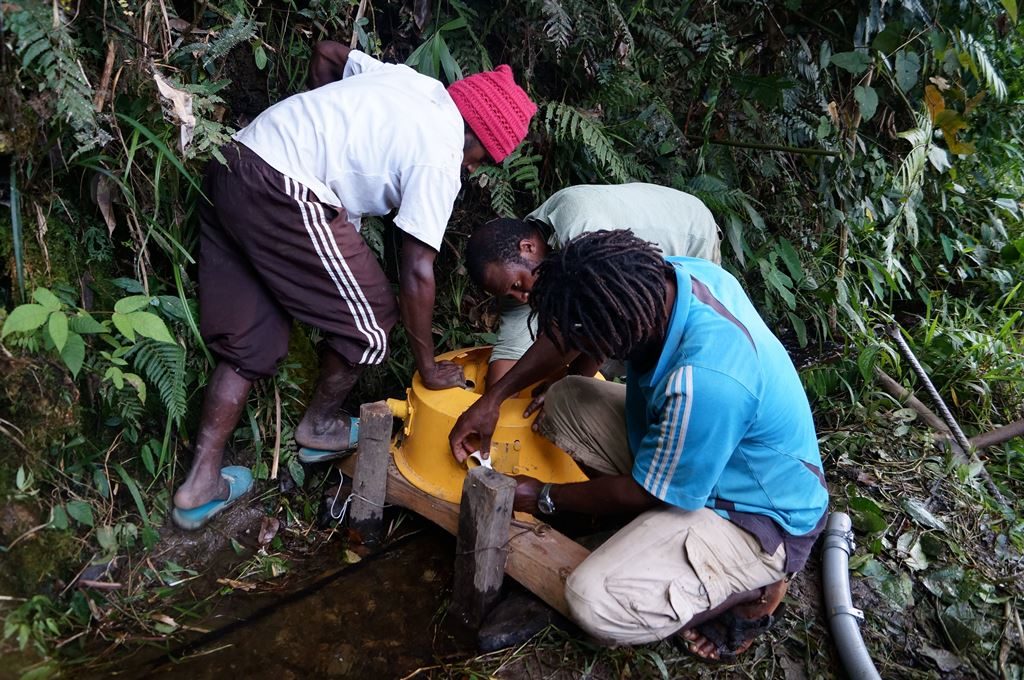
3-securing-the-casing

